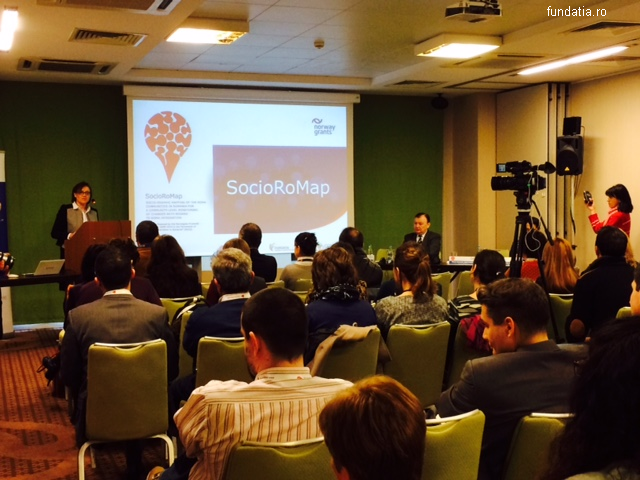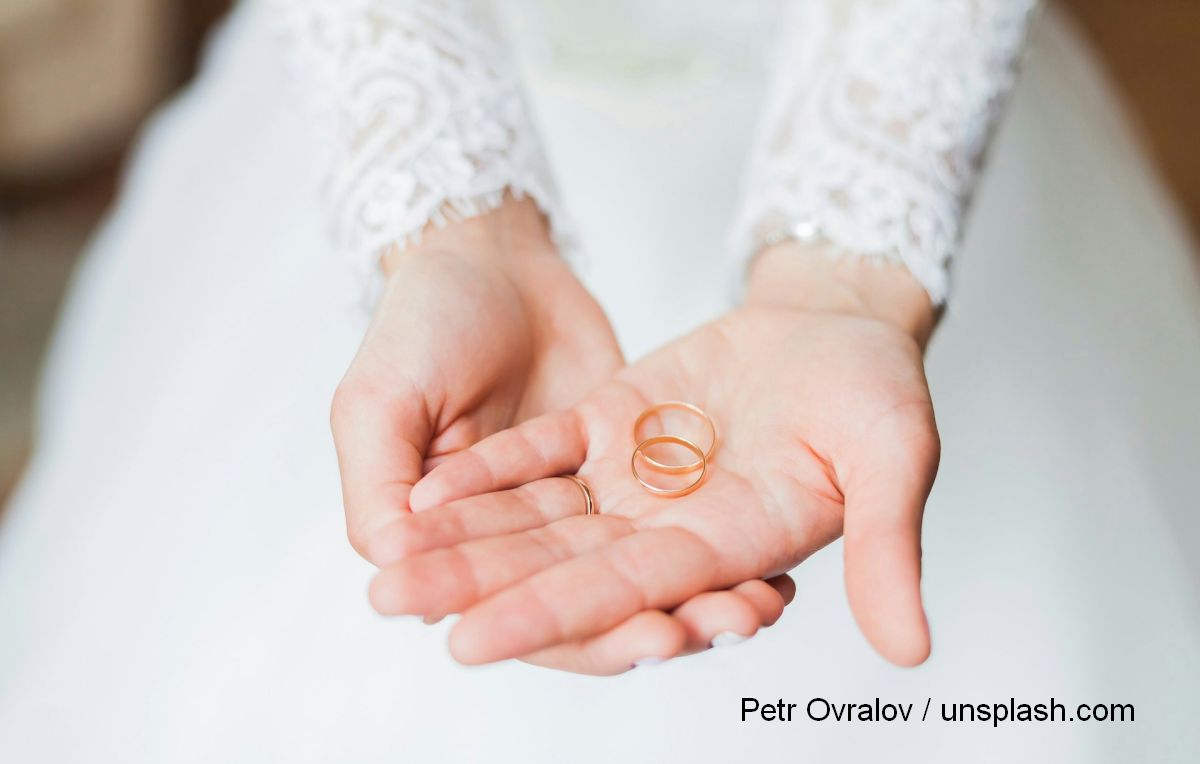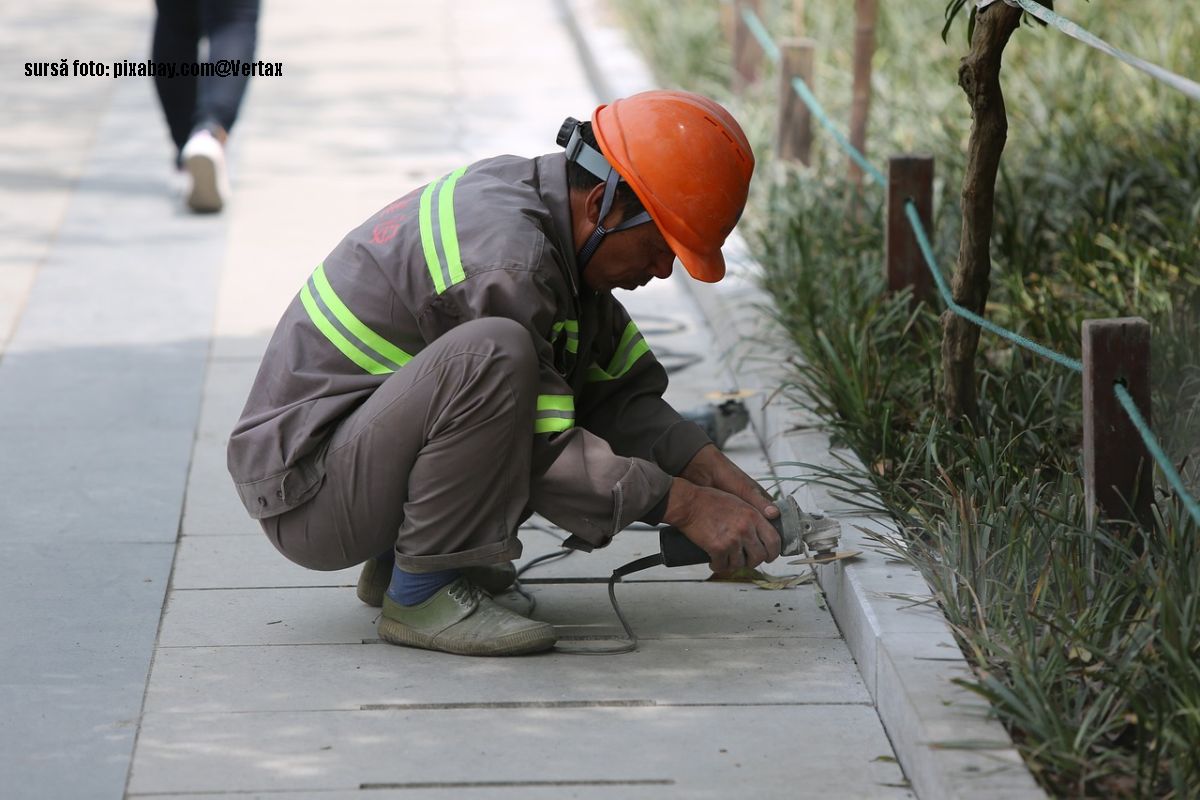Projects for the integration of the Roma communities in Romania
A look at the integration of Roma communities, which are the poorest ethnic minority in Romania.

România Internațional, 04.03.2015, 13:28
According to statistics, 80% of the Roma population in this country live in precarious conditions. The main problems they are faced with are insufficient incomes, lack of professional training, a low level of education, unemployment, limited access to public services, discrimination. Most Roma live in houses that have no kitchen, toilet, shower, bathroom or electricity. Also, most of them are illiterate. Even if there have been several initiatives aimed at improving the living standards and integrating the Roma population, both at national and at international level, the Roma account for the most discriminated group in Europe, compared to other national minority groups.
A project called “ A Socio-graphic Mapping of the Roma communities in Romania for a community-level monitoring of changes in Roma integration” (in brief SocioRoMap) has been launched in Bucharest recently with the aim of getting a clearer picture of the situation of these communities and to take steps in order to improve their living conditions. The project will provide information and data for the public institutions in charge with developing public policies and measures to include these communities. Also, the findings will help authorities develop funding programs and schemes for poverty eradication, local development and the improvement of the success rate of certain marginal groups.
SocioRoMap is run by the Cluj-Napoca Institute for Research on National Minorities, in cooperation with the Open Society Foundation from Bucharest and the Research Centre on Interethnic Relations, also from Cluj Napoca. Under this project, over 3,000 rural and urban municipalities will be mapped, in order to get a more accurate picture of the Roma community’s needs. Here is Istvan Horvath, the President of the Institute for Research on National Minorities with more:
Istvan Horvath: “Our goal is not to just make an inventory. We want these communities to be described in an intelligible way and their problems to be presented in the form of maps. Also, we would like to establish a network of people who can provide relevant information about the condition of those communities. There will be networks of social workers, of NGOs that have worked with different local communities, networks of dedicated institutions, people who work in institutions dealing with Roma issues, such as school or health mediators. Therefore, our objective is to have an inventory of these communities, to see which interventions have or have not been done, because there are communities that have benefited from interventions, but also communities that are very difficult to reach, because they are too poor, or too isolated.”
The SocioRoMap launching event was also attended by the Norway Ambassador to Romania and Moldova, Her Excellency Tove Bruvik Westberg:
Tove Bruvik Westberg: “ A better access to education and healthcare for less privileged groups, including Roma, are the main pillars of the program. And the rationale behind this program is very much linked to the belief that a good and fair society is a society which embraces the whole population. It has acceptance for all, it tolerates all, it provides services for all. And in Norway not everything is equal, but equality is the norm. People may have different backgrounds and lives, different income levels, but yes, you’re eyes are not different from mine. We all have the same rights. We need to find the realities on the ground and this is exactly what this project is going to achieve. The scope is then to provide the decision makers with useful and reliable data, when planning public policies relating to Roma inclusion. And due to various reasons, little information is available at government level about the social dynamic in the Roma communities. The project being launched aims to provide the missing link between the reality on the ground and the policy makers. It therefore seeks to collect structural information about the situation of the Roma communities from several perspectives: living conditions, level of education, access to social and health-care services.”
Another project, this time for the promotion of culture and arts among disadvantaged Roma communities has been launched by four associations in Romania that run such projects, namely T.E.T.A., ADO, REPER 21 and Urbanium. It is an education through theatre project called “Maskar,” to be run for 10 months in the towns of Alexandria and Turnu Magurele in Teleorman County.
Forty young people and 60 adults from the two towns will get involved in artistic programmes, workshops, exhibitions and shows about Roma culture and traditions. Starting from the reality of the two towns that are home to large communities of Roma, the project is aimed at presenting their positive stories, and, with the help of trainers, the young can learn to better communicate with other young people from their own or other communities, to become more self-confident and creative, and to enjoy the same rights. Here is Ana Maria Paladus from Urbanium:
Ana Maria Paladus: “We are tackling a sensitive issue, that of Roma discrimination in these two communities, but we are doing it in a unique way, through artistic means, and we propose theatre as a means to build a bridge between the Romanian and the Roma cultures. We will establish two groups of young people, in both towns, who will participate in personal development and community theatre workshops, to tell stories about how they see discrimination and other issues facing Roma groups in their home towns. We will work with Roma but also with non-Roma youth, as we want to engage them in a dialogue. At the end of the workshops we will stage two plays, one in Turnu Magurele and the other one in Alexandria, and we will also take these performances to Bucharest and Cluj Napoca.”
The project also includes the organization of two exhibitions on the history of Roma culture in the two towns and their surroundings. They will include articles of clothing, traditional handmade items, photos, decorations, songs, poems, legends and symbols. The organizers of the project were very much surprised to see the Roma children’s desire to participate in the project.
Ana Maria Paladus: “The echoes were incredible in the schools and high-schools that are very poorly regarded in the town. When we got there and told them what we wanted to do, all of them said they wanted to participate, and most of the pupils there were Roma. On the other hand, in the more prestigious schools and high-schools children were rather reluctant and even displayed racist behaviour vis-à-vis the Roma community.”
The two projects for the Roma communities in Romania are funded through the Norwegian Funding Mechanism.






























